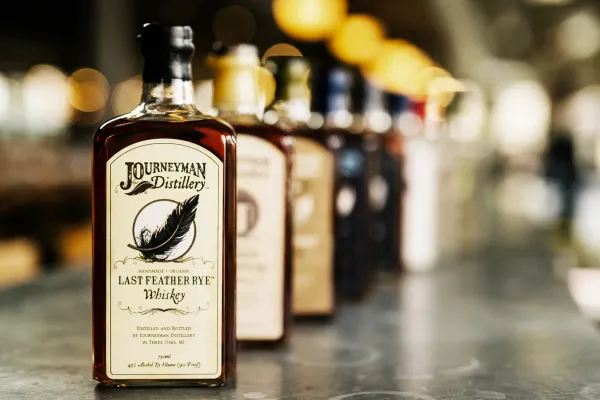Whiskey Grain Malting Process Guide: The Seed You’ll Wish You’d Known Sooner

Grain Malting Process Standards: The Whiskey Seed You Can’t Skip
The grain malting process in whiskey production isn’t just a step. It’s the seed that activates barley’s enzymes, unlocking flavors critical to the spirit’s character. If you don’t know these standards, you’re missing the seed that sprouts every bottle. For whiskey enthusiasts eager to understand whiskey’s core, this is the rock-solid truth about grain malting process standards, grounded in legal standards and science, and a 2025 must-know.
What Are Grain Malting Process Standards?
U.S. law requires whiskey like bourbon or rye to be made from a fermented grain mash, with barley often malted to aid fermentation (8-10% ABV in three to five days). Scotch and Irish whiskey (Scotch Whisky Regulations 2009, Irish Whiskey Act 1980) rely heavily on malted barley, especially for single malts and pot still whiskeys. Malting involves soaking barley in water at 50-60°F, germinating it for 4-6 days, and kilning it at 150-200°F to halt sprouting, producing enzymes that convert starches to sugars, essential for flavors like malt or fruit in whiskeys bottled at 80 proof minimum after distillation (160 proof max) and aging (two-plus years).
How Malting Shapes Whiskey
Malted barley, used in Scotch single malts, develops nutty, biscuity notes during kilning, enhanced by peat smoke in some cases, and aged in Scotland’s cool climate (40-65°F) for three-plus years. In bourbon, malted barley (5-15% of the mash bill) supports corn’s sweetness, contributing subtle malt flavors during aging in Kentucky’s variable climate (20-100°F). Irish pot still whiskey blends malted and unmalted barley, yielding spicy fruit notes. The malting process, standardized to ensure enzyme activity, directly influences the wort’s sugar content, impacting fermentation and final whiskey profiles at 80-120 proof.
Why Malting Standards Matter for Your Sip
A Scotch at 86 proof, from heavily malted barley, delivers rich malty depth, while a bourbon at 80 proof, with malted barley, offers balanced toffee, per legal standards. Poor malting reduces flavor potential. Every sip reflects the malting’s enzymatic role, making your next bottle a vibrant expression of its seed.
Why Grain Malting Process Standards Matter in 2025
Grain malting process standards are whiskey’s flavor genesis. By 2025, understanding these rules could make every sip a clear taste of enzymatic craft, from nutty to sweet. It’s the truth in the seed, so don’t miss the start.
Check out NEAT: Whiskey Finder—it’ll help you track down bourbon and whiskey near you.





